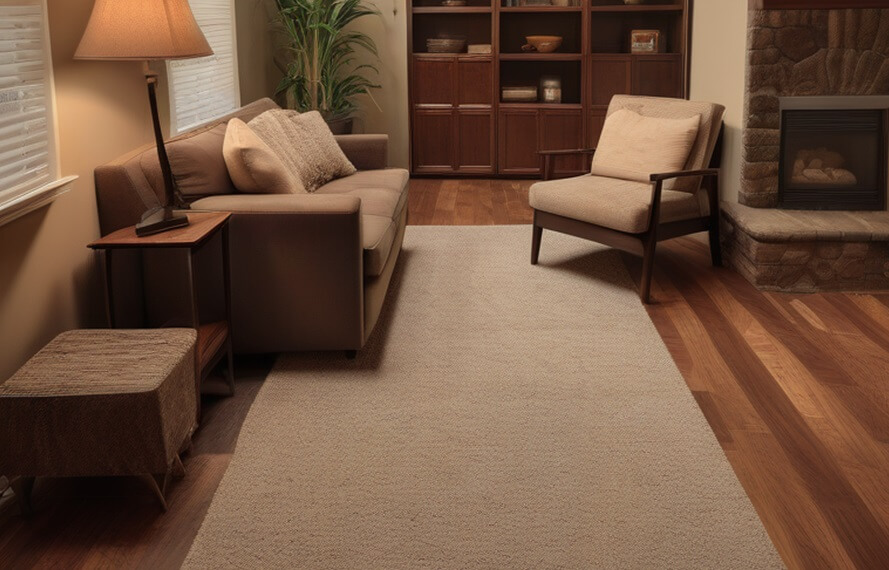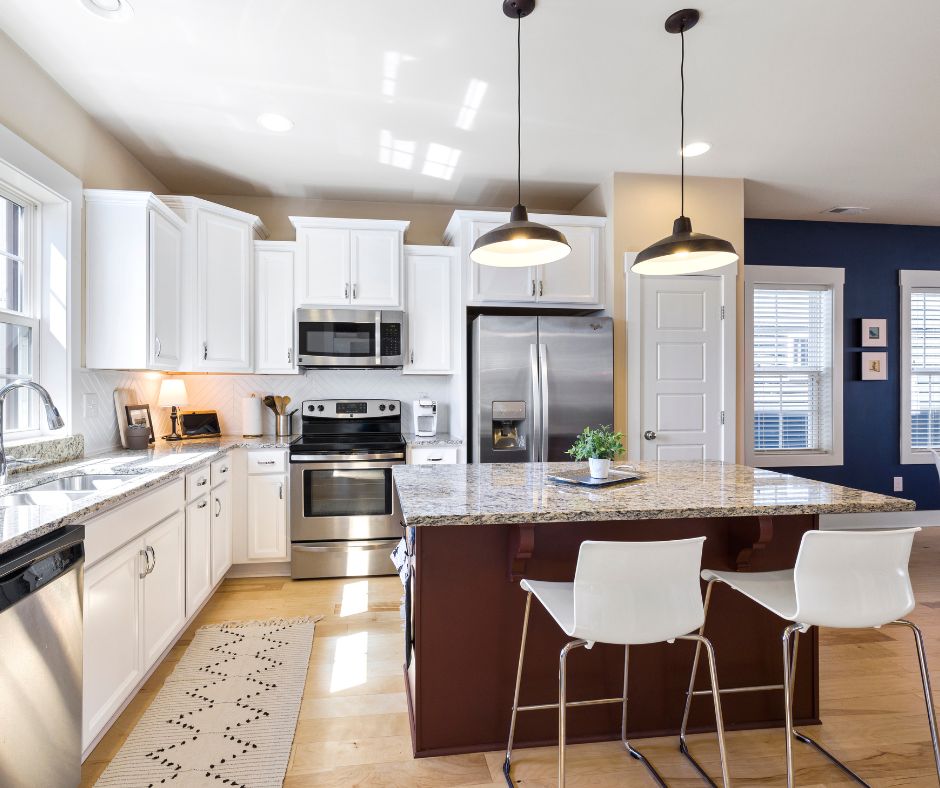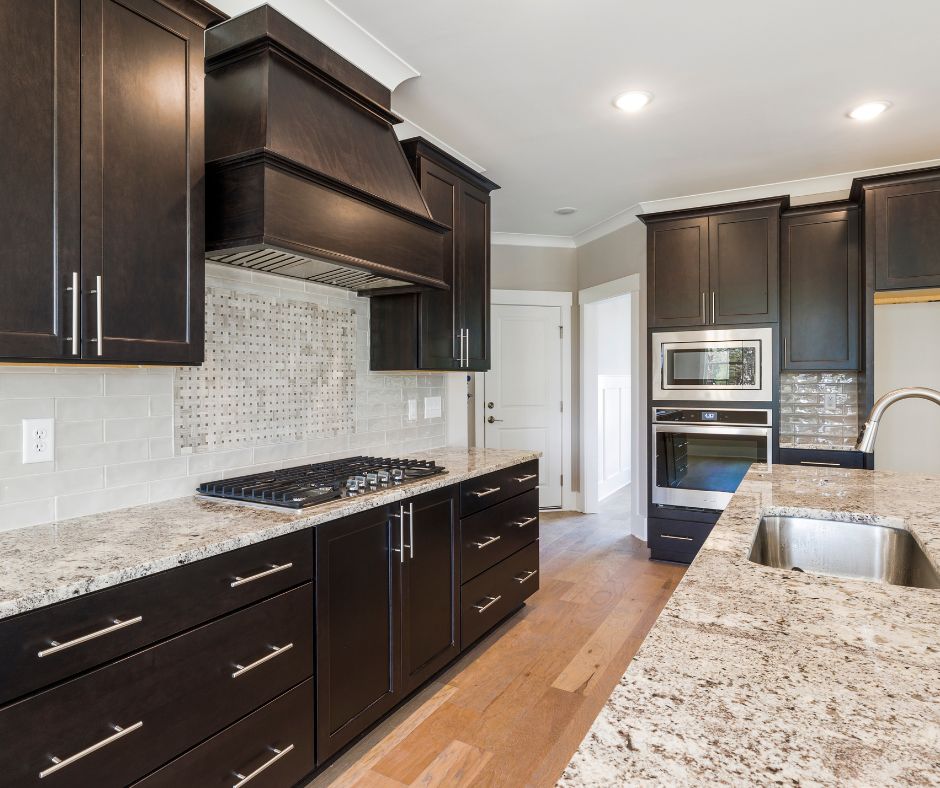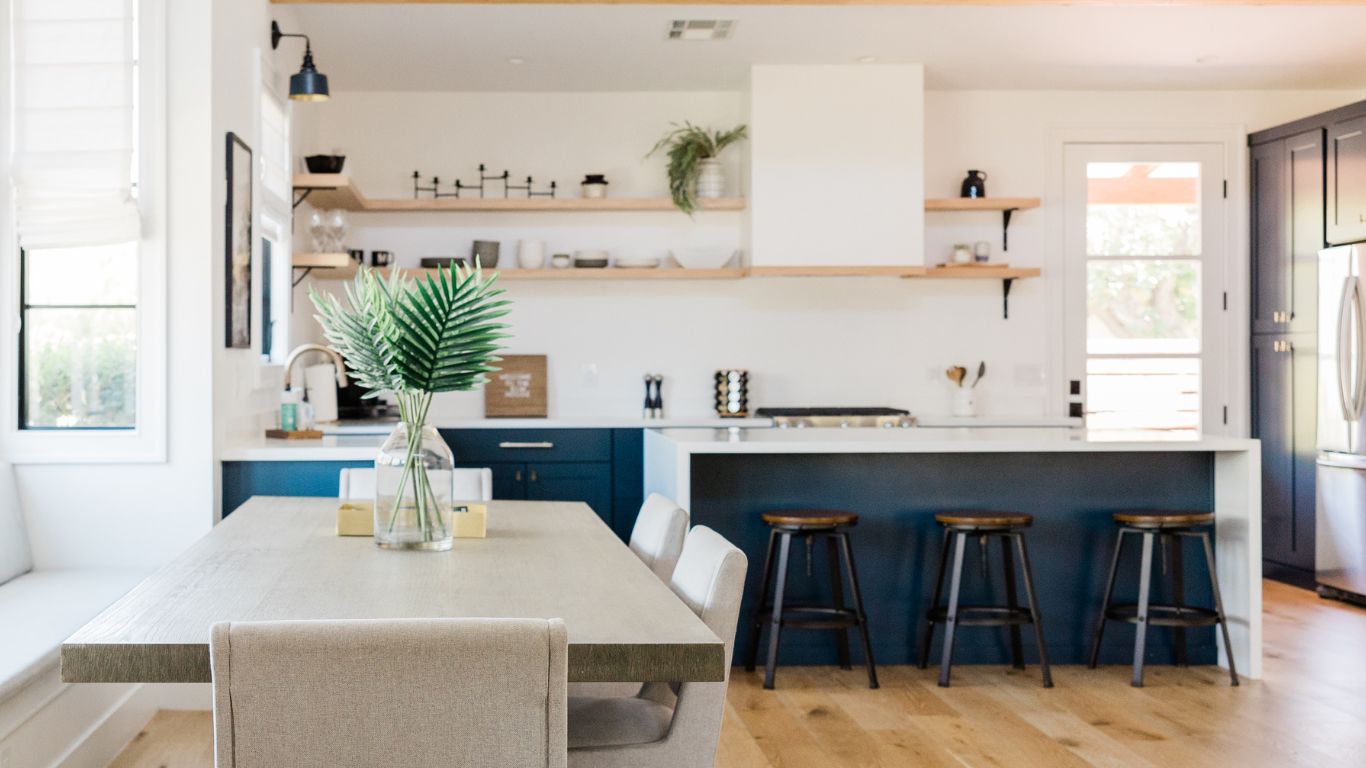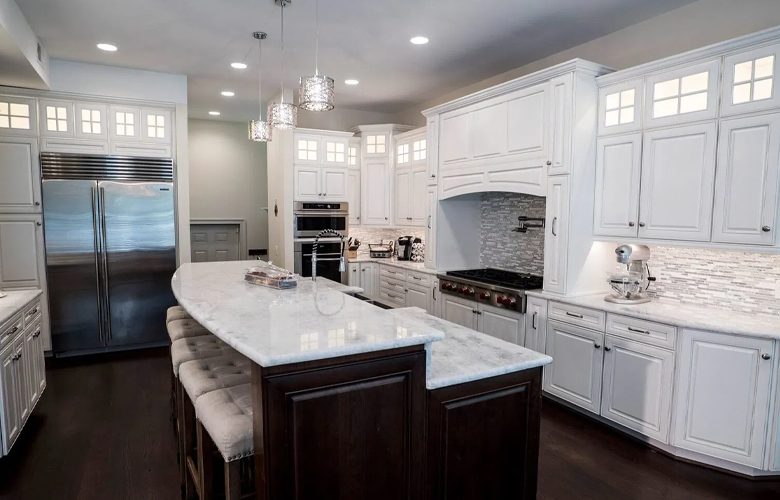If you’re considering remodeling your kitchen, you likely have a lot of questions about the process, costs, and benefits. To help you navigate through the planning and renovation stages, we’ve compiled a list of the top 10 frequently asked questions about kitchen remodeling.
In this guide, we’ll answer common questions about the advantages of remodeling, costs, timelines, hiring professionals, materials, design trends, storage solutions, appliances, and tips for preparing for your remodel. With this information at your fingertips, you’ll be able to approach your kitchen renovation project with confidence and ease. So, let’s dive into these top 10 questions and get your kitchen remodeling journey started!
1. What are the benefits of remodeling my kitchen?
Remodeling your kitchen can offer a multitude of benefits that can enhance your overall living experience. First and foremost, kitchen remodels can significantly increase the value of your home, making it a smart investment for the future. Additionally, kitchen remodels can improve the functionality of your space by optimizing the layout, storage, and flow to better suit your needs and lifestyle.
With a fresh new look, a remodeled kitchen can also enhance the aesthetics of your home and create an inviting atmosphere for cooking, dining, and entertaining. Finally, upgrading appliances and fixtures during your remodel can increase energy efficiency, saving you money on your energy bills in the long run. All these benefits make a kitchen remodel a worthwhile investment for your home and quality of life.
2. How much does a kitchen remodel cost?
The cost of a kitchen remodel can vary greatly depending on the scope of the project, the materials and finishes chosen, and the location of your home. On average, a moderate kitchen remodel can cost anywhere from $20,000 to $50,000, while a high-end remodel can range from $50,000 to $100,000 or more.
The cost of a kitchen remodels typically includes expenses such as labor, materials, permits, and design fees. It’s important to set a budget for your remodel and prioritize the features and finishes that are most important to you. It’s also a good idea to get quotes from multiple contractors to ensure you’re getting a fair price for the work. While a kitchen remodels can be a significant investment, it can also add value to your home and provide a space that you’ll enjoy for years to come.
3. How long does a kitchen remodel typically take?
The timeline for kitchen remodels can vary depending on the size of the project and the scope of the work. On average, a moderate kitchen remodels can take anywhere from 4 to 6 weeks to complete, while a more extensive remodel can take 8 to 12 weeks or longer. It’s important to factor in time for planning and design, ordering materials and appliances, and obtaining necessary permits before construction begins.
Additionally, unforeseen issues such as weather delays or unexpected structural problems can also affect the timeline. To ensure that your kitchen remodels stay on schedule, it’s essential to work closely with your contractor and communicate regularly about any changes or delays. While kitchen remodels can be a lengthy process, the end result is a beautiful and functional space that you’ll enjoy for years to come.
4. Do I need to hire a professional contractor for my kitchen remodel?
While it’s possible to undertake a kitchen remodel on your own, it’s generally recommended that you hire a professional contractor. A kitchen remodel involves a variety of complex tasks, such as plumbing, electrical work, and carpentry, that require specialized skills and knowledge. A professional contractor can manage all aspects of the remodel, from the initial design to the final installation, ensuring that the work is done safely and to code. They can also help you select high-quality materials and finishes that fit within your budget and work with you to create a cohesive design that reflects your style and needs.
Additionally, a professional contractor can help you navigate any unexpected challenges that arise during the remodel, and can save you time and money in the long run by ensuring that the work is done right the first time. While it may be tempting to save money by doing the remodel yourself, hiring a professional contractor can ultimately lead to a smoother, more successful renovation.
5. What materials should I use for my kitchen remodel?
When it comes to choosing materials for your kitchen remodel, it’s important to consider both style and function. Cabinets are a key component of any kitchen, and solid wood cabinets offer durability and classic style, while laminate cabinets are more affordable and easy to clean. Countertops are another important element, and popular choices include granite, marble, and quartz due to their durability and visual appeal. Laminate and butcher blocks are also cost-effective options.
When it comes to flooring, tile, hardwood, and laminate are all popular choices for kitchens. Tile offers durability and easy cleaning, while hardwood provides warmth and natural beauty. A backsplash can add visual interest to your kitchen, and popular materials include glass, ceramic, and stone.
Finally, appliances are a crucial aspect of any kitchen, and stainless steel appliances are a popular choice for modern kitchens. However, there are a variety of other options available depending on your style and needs. Ultimately, the materials you choose for your kitchen remodel should reflect your personal taste, while also providing durability and functionality for everyday use.
6. How do I choose the right kitchen layout for my space?
Choosing the right kitchen layout for your space can make a significant impact on the functionality and overall look of your kitchen. There are several popular kitchen layouts to choose from, including L-shaped, U-shaped, galley, and open-concept designs. When deciding on a layout, consider the size and shape of your kitchen, as well as your lifestyle and needs.
For example, an L-shaped layout can be a good choice for smaller kitchens, while a U-shaped layout provides more counter and storage space. A galley kitchen layout is ideal for narrow spaces, while an open-concept layout can create a more spacious and sociable environment.
You’ll also want to consider factors like traffic flow, appliance placement, and work zones when choosing a layout. It’s a good idea to work with a professional designer or contractor who can help you choose the right layout for your specific needs and ensure that the design meets local building codes and safety standards. By carefully considering your options and working with a professional, you can create a kitchen layout that not only looks great but also functions perfectly for your lifestyle and needs.
7. What are some popular design trends for kitchens in 2023?
As we head into 2023, there are several exciting design trends emerging in the world of kitchen remodeling. One popular trend is the use of mixed materials, such as combining natural wood with metal or stone accents to create a unique and personalized look. Another trend is the use of bold colors, such as navy blue or forest green, on cabinets and walls to add drama and sophistication. Open shelving is also becoming increasingly popular, allowing homeowners to display their favorite dishware and kitchen accessories while providing easy access to frequently used items.
For those who prefer a more minimalist look, sleek and streamlined designs with clean lines and minimal ornamentation are also gaining popularity. Finally, smart technology is becoming an increasingly important aspect of modern kitchens, with features like touchless faucets, smart refrigerators, and voice-activated appliances making cooking and entertaining more convenient than ever before. Whether you prefer a bold and dramatic style or a more minimalist approach, there are plenty of exciting design trends to explore in kitchen remodeling in 2023.
8. How can I maximize storage space in my remodeled kitchen?
Maximizing storage space is an important consideration when remodeling your kitchen, and there are several ways to achieve this goal. One effective strategy is to incorporate customized cabinetry that fits the specific needs of your space. For example, you can add pull-out shelves, roll-out trays, or drawer dividers to make the most of your storage space.
Utilizing vertical storage space is another smart strategy, such as installing tall cabinets or adding open shelves above your countertops. Another popular option is to include a kitchen island with built-in storage, such as cabinets, drawers, or shelving. Don’t forget to make use of the often-overlooked space above your cabinets, which can be used for additional storage or display space for decorative items.
Finally, decluttering and organizing your kitchen can help maximize storage space by reducing the number of items you need to store. By implementing these strategies and working with a professional designer or contractor, you can create a remodeled kitchen that not only looks great but also provides ample and organized storage space to meet all of your needs.
9. What should I consider when selecting kitchen appliances?
When selecting kitchen appliances for you remodel, there are several important factors to consider. First, think about the size and layout of your kitchen to determine what size and type of appliances will work best. For example, a large refrigerator may be necessary for a big family, but may not be practical for a small apartment. Energy efficiency is also an important consideration, as more energy-efficient appliances can save you money on your utility bills over time.
Next, consider the features you need and want, such as a self-cleaning oven, a built-in microwave, or a dishwasher with adjustable racks. It’s also important to consider the overall style and design of your kitchen and select appliances that will complement your decor. Finally, don’t forget to consider your budget and prioritize your needs and wants accordingly. With these factors in mind, you can select kitchen appliances that meet your specific needs and preferences while staying within your budget.
10. How can I prepare for my kitchen remodel to ensure it goes smoothly?
Preparing for a kitchen remodel can help ensure that the project goes smoothly and meets your expectations. Start by creating a detailed plan for the remodel, including a timeline and budget. Research and hire a reputable contractor who has experience with kitchen remodels, and make sure to communicate your expectations clearly from the outset. You may also need to secure any necessary permits or approvals before beginning the project. Clear out your kitchen and surrounding areas to provide ample space for the construction crew and materials.
Consider creating a temporary kitchen area elsewhere in your home to use while your kitchen is being remodeled. Finally, be flexible and patient throughout the process, as unexpected delays or issues can arise during any remodeling project. By taking these steps and working closely with your contractor, you can ensure that your kitchen remodel goes smoothly and results in the beautiful and functional space you desire.
Talk To An Expert
While these FAQs provide helpful information about kitchen remodeling, it’s important to remember that every home and project is unique. For personalized advice and guidance on your specific kitchen remodel, it’s a good idea to talk to an expert.
A professional contractor or designer can provide insights and recommendations tailored to your needs, budget, and style preferences. They can also help you navigate any challenges or issues that arise during the remodeling process. So if you have additional questions or concerns about your kitchen remodel, don’t hesitate to reach out to a qualified expert in the field. With their expertise and guidance, you can ensure that your kitchen remodel is a success and results in the beautiful and functional space you desire.
Contact Us

